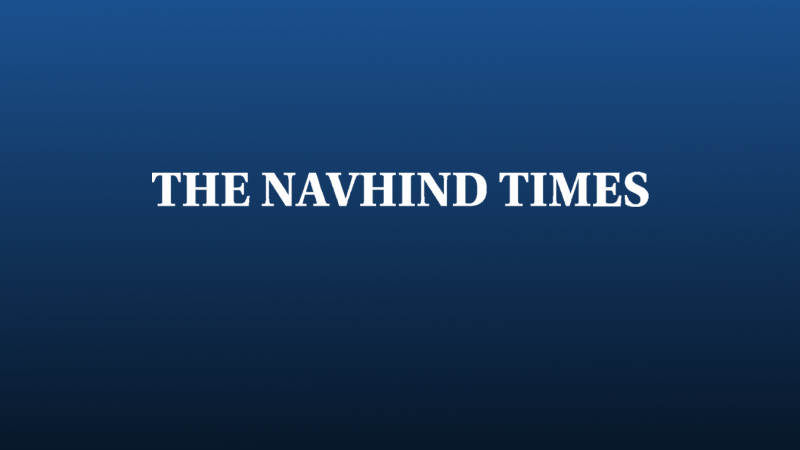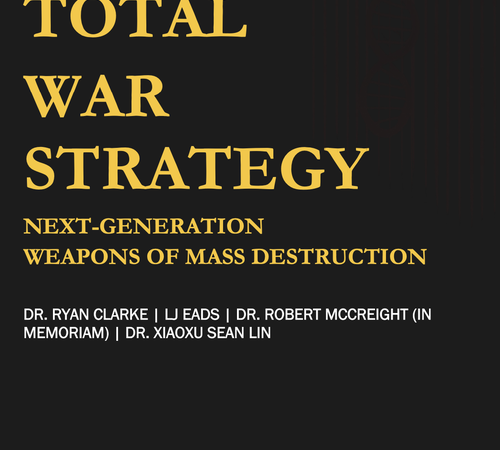How digital accessibility will change the landscape of global medical communications
While pharma has been trying hard to become patient-centric and/or patient-inclusive, public trust in the industry is at an all-time low. A 2021 survey found that only 50% of the people in the UK and Canada and 47% in the US trust pharma. The situation in India is far better; 80% of the people trust the industry. Patients, caregivers, and the public in general want a seat at the table, rather than being mere spectators while healthcare providers (HCPs), pharmaceutical companies, and policy makers take healthcare decisions for them. COVID-19, in particular, showed us the importance of clear scientific communication.
One key aspect here is open and transparent research. Lack of transparency, inconsistent and unclear health recommendations, and conflicting expert advice lead to public mistrust and poorer health outcomes. The solution is for pharma to build real, active relationships with patients and caregivers in order to get the right message across and communicate scientific information to the public in a sincere and unambiguous manner.
Digital is the driver of such research and communication. As the life sciences world becomes ever more globally connected, the pressure to provide innovative digital solutions is growing. But for digital to work efficiently, digital accessibility of research and digital literacy, in both the public and pharma industry professionals, must go hand in hand. Science is nothing if it is not communicated and there are two vital aspects to scientific communication: who communicates it and how do they do it? The “who” part: medical information is trustworthy when it comes from reliable experts such as scientific researchers, key opinion leaders, doctors, and pharma industry professionals. This also includes patients and caregivers who are at the receiving end and are therefore the only people who can tell the “experts” whether a drug or treatment is working for them. There needs to be a two-way communication between the consumers and industry professionals. The “how” part: scientific research communication needs to be more accessible, easy-to-understand, clear, jargon-free, and use multiple channels such as public forums and social media. A good example of this is how Dr. Bobby Kasthuri (as part of a YouTube channel by WIRED), a researcher who studies the connectome, a map of neural connections in the brain, explains the concept to people of different age groups and with different levels of knowledge or expertise in the subject area- from a child to a specialist.
With low health literacy levels being a persistent problem in most countries, talking to people at their comprehension level, in a way that they understand, and via formats and channels they prefer, is non-negotiable. Given this scenario, open science should be the norm. Governing bodies are taking concrete steps in this direction as well. The WHO mandated a data sharing policy this year (2022), and the NIH is releasing a data management and sharing plan in January 2023. The goal of such policies is to create an openly accessible, credible, and reusable repository of scientific data for the purpose of research. Journals and scientific publication houses are now accepting plain language summaries and video abstracts of research articles. Pharma companies and the life sciences industry as a whole are reaching out to laypeople via channels such as Twitter (Tweetorials), TikTok, Instagram, and so on.
For digital to work in the life sciences space, a 3-way approach is needed:
- Segmentation of the audience by needs, geographies, populations, preferences and accessibility of digital media, language(s) spoken, etc.
- Gathering data about public preferences, audience insights, and patient needs, and
- Capturing the learning journeys of the audience in terms of the information/messaging/data that specific patient populations of industry stakeholders need.
In the coming decade, the industry will see tele-everything and everything tech driven. We’re already seeing an exponential surge in telehealth and telemedicine. Moreover, there are talks of
- Conducting decentralized clinical trials for greater diversity, equity, and inclusion. The European Commission (EC), the Heads of Medicines Agencies (HMA), and the European Medicines Agency (EMA) have collaborated to come up with recommendations for decentralized trials in the European Union (EU). This joint initiative is called Accelerate Clinical Trials in the European Union (ACT EU).
- Using blockchain to enhance patient data privacy
- The Pill+ model, and the use of artificial intelligence (AI); machine learning (ML); augmented reality (AR); deep learning; natural language processing (NLP); virtual reality (VR); genomics and gene editing; quantum, next-gen, bio-, and computing; nanotechnology and materials science; robotics; Big Data; wearable health tech; Internet of Things (IoT); and Web3 to enhance patient/stakeholder experience in healthcare.
Digital can no more be just a buzzword; it needs to be a healthcare imperative. To work in such a tech-driven space, the life sciences industry needs good-quality scientific communications and easily scalable solutions as well as strategies aligned with industry trends and founded on proven technology platforms. While commercial language and terms like “omnichannel” and “metrics” are common, there is a need to bring these terms to life by highlighting connectivity. Finding ways to create solutions cost-effectively and with a streamlined turnaround time, in ways that reflect a real-world experience, is our most important challenge. The industry needs measurable solutions with clear objectives that work across disciplines and locations to bring out the “voice of the patient” and recognize the importance of the humanity that informs our real-world evidence generation activities. We need to build and then retain public trust. After all, it’s human lives we’re dealing with.
Disclaimer
Views expressed above are the author’s own.








